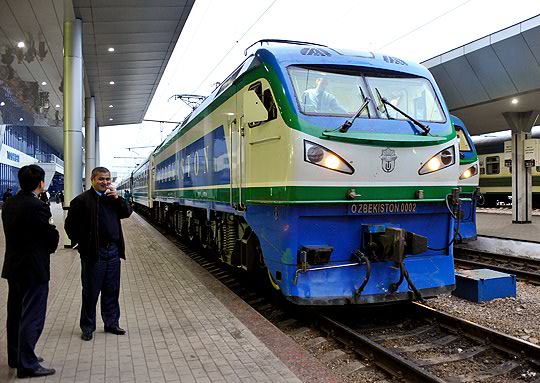 (Photo: China Daily Mail)
(Photo: China Daily Mail)
by David Parmer
Before 1987, terms like “supply and demand” and “buyer’s market” were probably unknown in China except to a few specialists. In 2014, the reality of these concepts, if not the theory, is common knowledge. China’s housing market is a good case in point. After a go-go market that looked like it would extend out to the horizon, reality has settled in it seems. Oversupply has arrived in China’s housing market, with estimates of around 50,000+ unsold units in China’s first-tier eastern cities. The market is characterized as having big inventories combined with sluggish sales.
The currency trading website Forex Minute reported on June 13, 2014 that sales are down 11% from a year ago and construction of new properties are down 19% for the January-May period as compared to the previous year. Sellers are taking counter-measures by offering various incentives to buyers, and in some cases price cuts. Evergrand Real Estate has cut prices by 15% according to Reuters and sales are trending upward. Meanwhile,the present oversupply is causing ripple effects throughout the greater Chinese economy. Industries like iron and steel making, cement manufacturing, tile making and furniture wholesaling are feeling the pinch. Workers’ wages in all of the above industries are also negatively impacted by the slowdown. Property investment accounts for a hefty 12% of China’s GDP. The government’s target of 7.5% growth for the current fiscal year could be in doubt.
Some analysts predict deep price cutting in the second half of the year that could result in sales targets for 2014 being met. Also banks seem reluctant to underwrite the housing market, and tight lending seems to be the order of the day. The result could be an adjustment in oversupply, which, combined with price cutting, could see the market beginning to stabilize by early 2015.
 日本語
日本語 English
English 中国語
中国語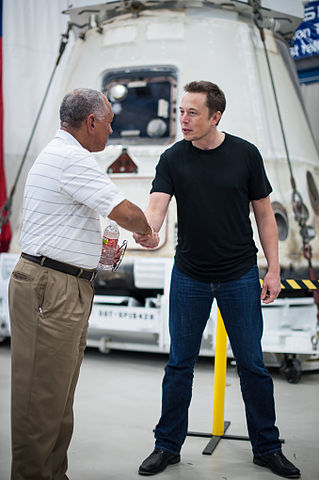
 (Chinese Infantry Photo: U.S. Gov. Def. Wikimedia)
(Chinese Infantry Photo: U.S. Gov. Def. Wikimedia)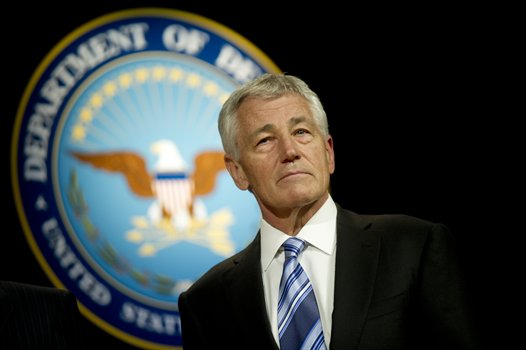 (Photo: Dep. of Defense)
(Photo: Dep. of Defense) (Photo: World Economic Forum)
(Photo: World Economic Forum)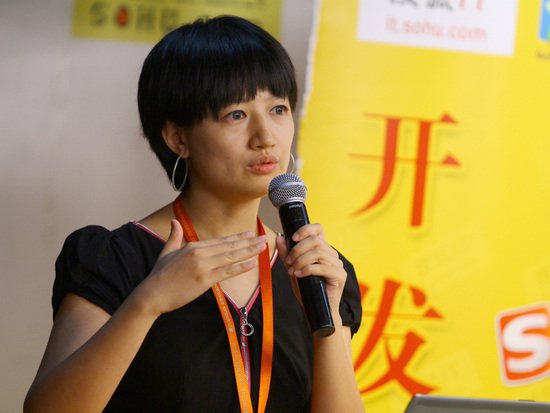
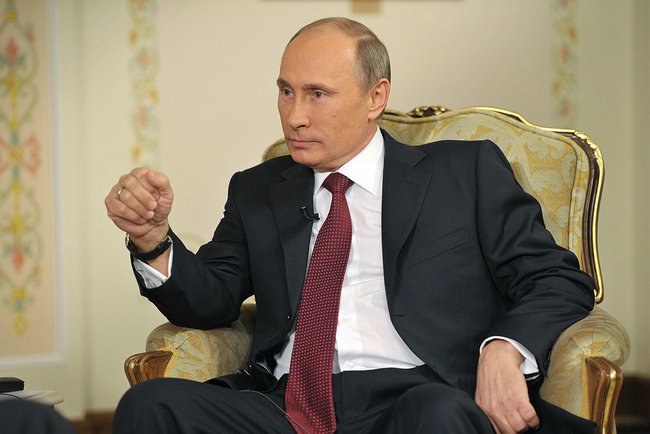 (Photo: Wikimedia Commons)
(Photo: Wikimedia Commons)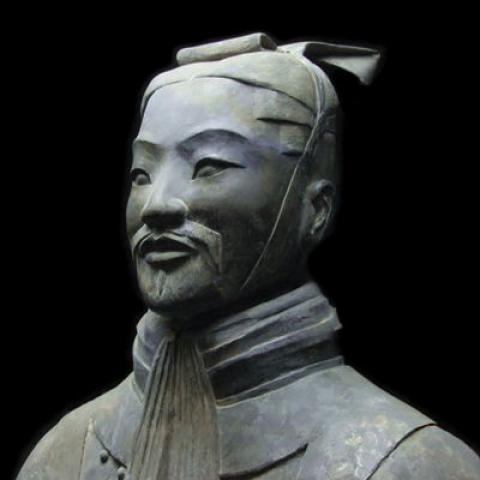
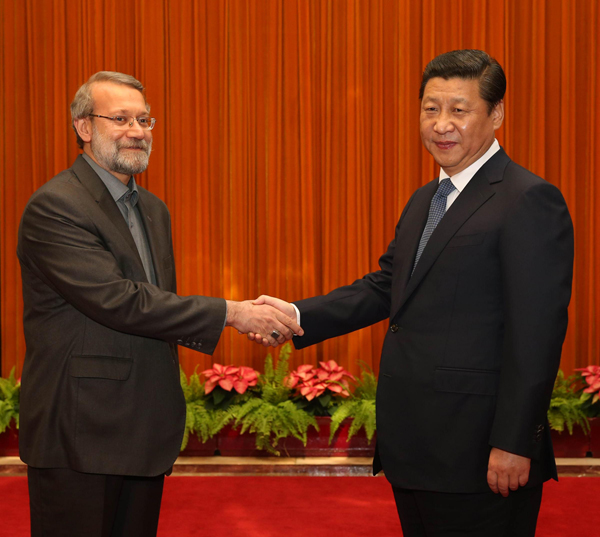 President XiJinping and Iranian Speaker Ali Larijani (Photo: FMPRC)
President XiJinping and Iranian Speaker Ali Larijani (Photo: FMPRC)